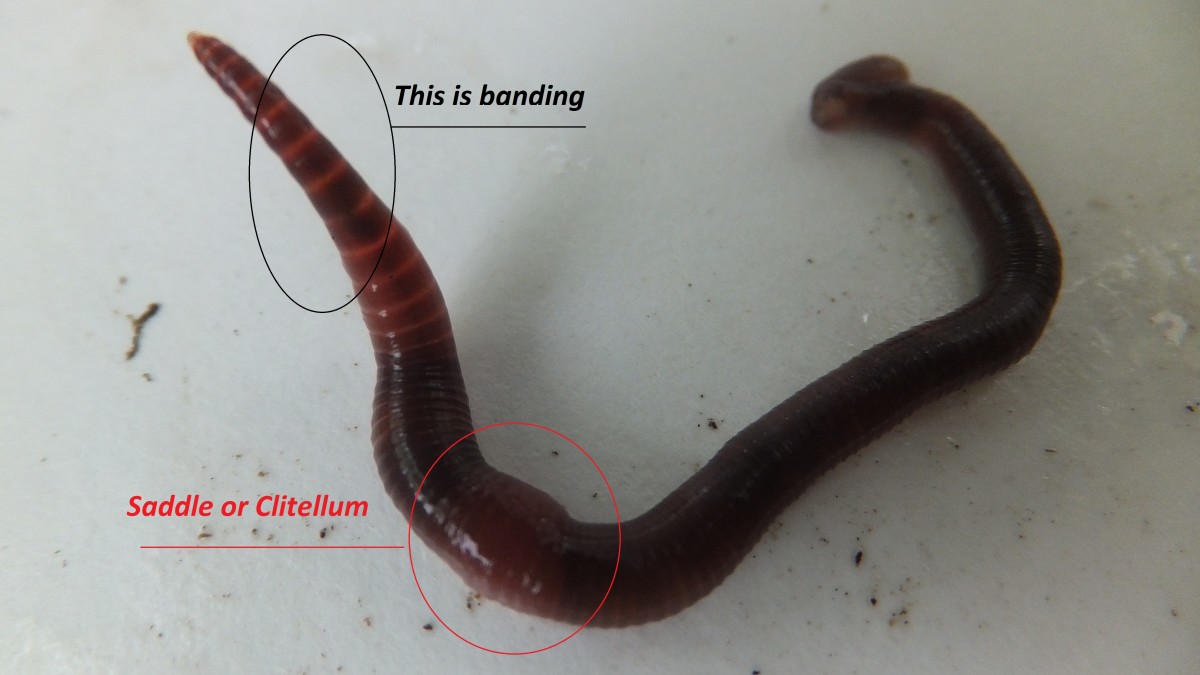Red Wigglers: The Unsung Heroes of Organic Waste Recycling
Red wigglers, or Eisenia fetida, work as crucial representatives in the natural waste reusing procedure, changing discarded products right into beneficial vermicompost. Their reliable malfunction of raw material not only enhances dirt quality but also adds to lasting waste management techniques. As the globe significantly looks for solutions to deal with waste build-up and enhance agricultural efficiency, recognizing the duty of these worms becomes important. What mechanisms permit them to thrive in garden compost settings, and exactly how can they be successfully utilized in both domestic and business settings? Exploring these inquiries discloses the wider ramifications of vermicomposting in our ecological landscape.
What Are Red Wigglers?
The impressive durability of red wigglers, medically called Eisenia fetida, emphasizes their important role in natural waste recycling. These little, reddish-brown earthworms are normally found in decomposing raw material, such as garden compost piles and manure stacks. Lake Hickory Bait. Unlike various other earthworm species, red wigglers thrive in nutrient-rich settings and are extremely reliable at breaking down natural products, making them vital for vermicomposting

(Red Wiggler Express)In addition to their function in waste reduction, red wigglers add to soil health and wellness by improving dirt structure and aeration with their burrowing tasks (Lake Hickory Bait). Their visibility in composting systems not just improves decay prices yet additionally promotes a lasting approach to throw away management, illustrating their significance in environmental conservation initiatives
Advantages of Composting With Worms
Composting with worms, particularly red wigglers, supplies numerous advantages that enhance both waste management and dirt wellness. First, these worms efficiently break down natural waste, converting it right into nutrient-rich vermicompost that improves soil. This process accelerates decay, permitting a much faster recycling of kitchen scraps and various other natural materials compared to traditional composting approaches.
Furthermore, the vermicompost generated by red wigglers is including valuable microorganisms, which aid improve dirt framework, aeration, and moisture retention. This improves the overall wellness of plants, promoting energetic growth and raised yields in gardens and farming setups. The use of worms in composting lessens the production of greenhouse gases, such as methane, adding to a much more sustainable waste administration system.

Just How to Begin Vermicomposting
Developing a vermicomposting system is an uncomplicated procedure that can yield substantial benefits for both waste monitoring and soil enrichment. To begin, pick a suitable container, such as a plastic container or wooden box, with appropriate ventilation holes to guarantee appropriate airflow. The dimensions must preferably be about 2 feet by 3 feet, allowing enough area for the worms to grow.
Next, prepare bedding material, which can be composed of shredded paper, cardboard, or coconut coir. This bed linen must be dampened to create an appropriate habitat for the worms. When the bed linen remains in area, present red wigglers (Eisenia fetida) right into the container, typically around one extra pound of worms for every single square foot of surface location.
Adhering to the positioning of worms, include natural waste, such as vegetables and fruit scraps, coffee premises, and crushed eggshells. Stay clear of including dairy, meat, or oils, as these can create odors and bring in bugs. Position the container in a shaded, temperature-controlled location to maintain optimal conditions for worm task. With these actions, you will properly start a vermicomposting system that adds to lasting waste monitoring and improves your soil.
Keeping a Healthy Worm Container
(Lake Rhodhiss Bait)Maintaining a worm bin growing needs regular interest and care to make certain the wellness of the red wigglers and the efficiency of the composting procedure. Proper upkeep begins with monitoring the wetness degrees; the bin needs to be moist yet not soaked. A good guideline is to maintain a consistency comparable to a wrung-out sponge.
Delicately blending the bed linen and food scraps every few weeks avoids compaction and makes sure that all worms have access to oxygen. In addition, it is important to feed the worms appropriately.
Temperature guideline is an additional important element. Red wigglers prosper in a variety of 55 to 77 levels Fahrenheit. If the container becomes as well hot or chilly, the worms might end up being worried - Lake Hickory Bait. Periodically check for signs of health and wellness, such as worm population development and the visibility of healthy spreadings. By vigilantly handling these aspects, one can preserve a robust and productive worm bin.
Effect On Sustainable Living
The effective upkeep of a worm bin not just profits the health and wellness of red wigglers however also adds considerably to sustainable living practices. By reusing natural waste, such as kitchen area scraps and yard debris, red wigglers help draw away considerable amounts of product from garbage dumps. This reduction in waste not only lowers greenhouse gas discharges but additionally lessens the environmental concern related to waste monitoring.
Additionally, the castings created by red wigglers function as a nutrient-rich natural plant food, enhancing dirt health and promoting plant development. This natural choice to chemical fertilizers sustains sustainable agriculture and horticulture practices, reducing reliance on artificial inputs that can damage ecological communities. In addition, worm composting cultivates recognition of waste management, motivating individuals and areas to take on more lasting habits.

Final Thought
In recap, red wigglers work as essential factors to natural waste reusing via their efficient decomposition of organic products. Their capability to create nutrient-rich vermicompost boosts dirt wellness and sustains lasting farming techniques. By incorporating vermicomposting right into waste monitoring strategies, individuals and neighborhoods can significantly reduce waste while promoting environmental sustainability. The function of Eisenia fetida in cultivating healthy and balanced ecological communities emphasizes the relevance of these organisms in accomplishing sustainable living and enhancing dirt fertility.